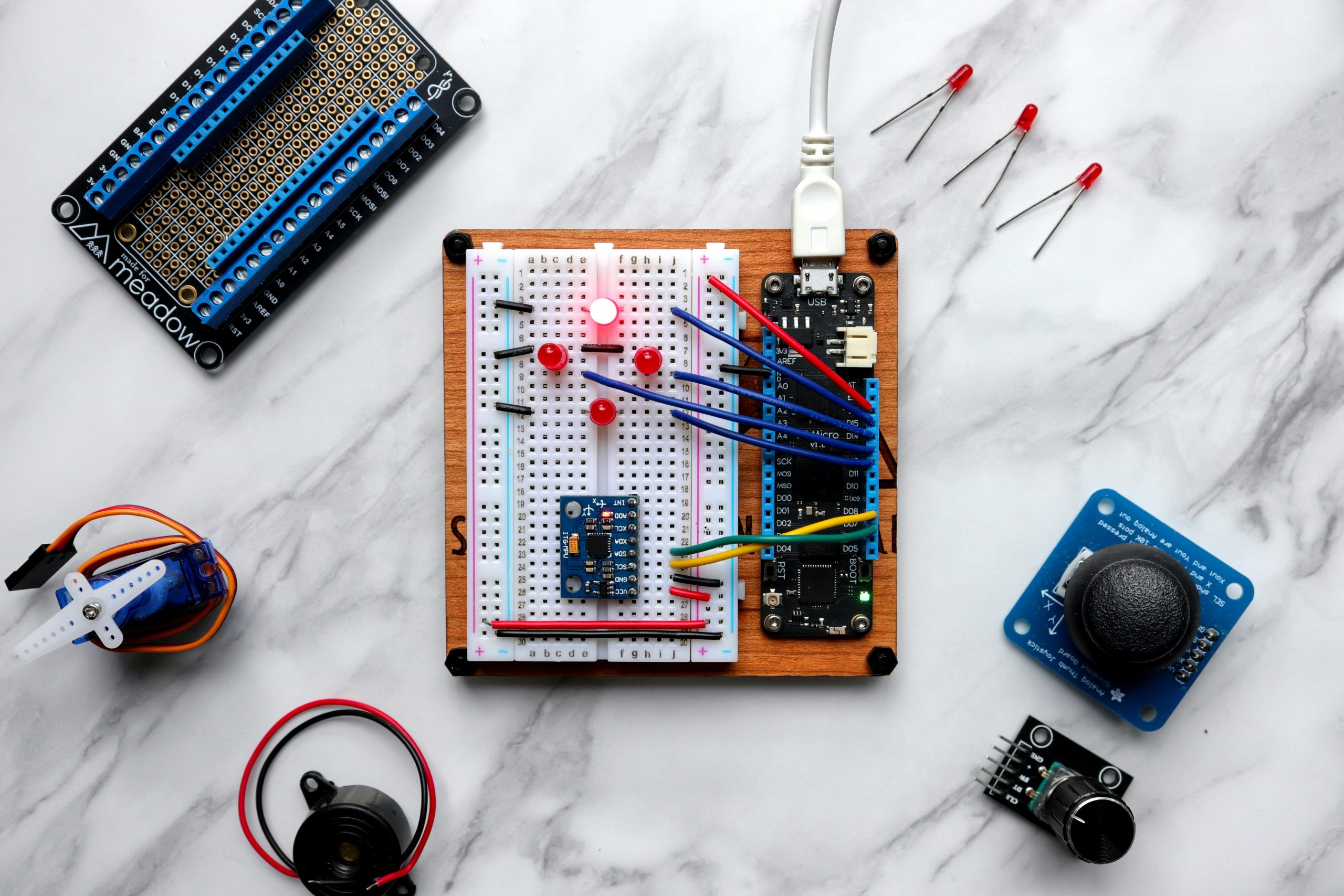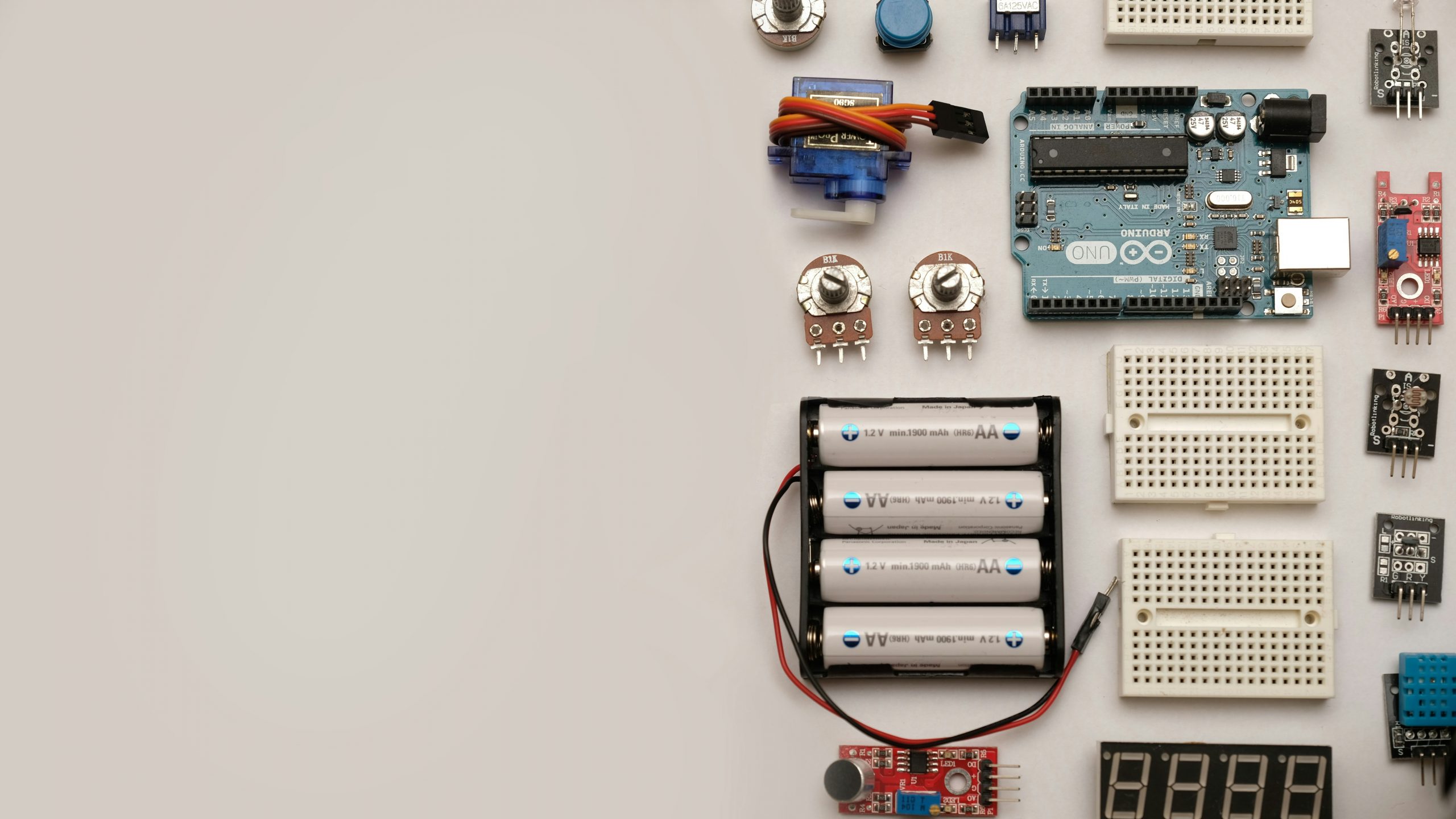Riding the Wave: Exploring the Boom in the IoT Industry

The Internet of Things (IoT) has emerged as a transformative force reshaping industries, revolutionizing processes, and redefining the way we interact with technology. As we witness the proliferation of connected devices and the exponential growth of data generated by IoT ecosystems, the industry is experiencing an unprecedented boom. In this blog, we delve into the driving forces behind the IoT industry’s rapid expansion, the myriad applications transforming various sectors, and the implications of this technological revolution.
The Driving Forces Behind the IoT Boom:
- Advancements in Connectivity: The widespread availability of high-speed internet, the rollout of 5G networks, and the development of low-power communication protocols have facilitated seamless connectivity, enabling a vast array of devices to communicate and interact with each other in real-time.
- Miniaturization of Sensors and Hardware: The miniaturization of sensors and hardware components has made it cost-effective to embed connectivity and intelligence into everyday objects, paving the way for the proliferation of smart devices across industries.
- Data Explosion and Analytics Capabilities: The sheer volume of data generated by IoT devices has fueled the demand for advanced analytics tools and machine learning algorithms capable of extracting actionable insights from massive datasets, driving efficiency, and enabling informed decision-making.
- Industry 4.0 and Digital Transformation: The convergence of IoT, cloud computing, artificial intelligence, and automation has ushered in the era of Industry 4.0, where interconnected systems, smart factories, and predictive maintenance are revolutionizing manufacturing processes and supply chain management.
Applications Transforming Various Sectors:
- Smart Cities and Infrastructure: IoT technologies are being deployed to optimize urban infrastructure, enhance public services, and improve citizens’ quality of life. Smart city initiatives encompass smart transportation systems, intelligent energy management, environmental monitoring, and public safety solutions.
- Healthcare and Wearable Devices: IoT-enabled healthcare solutions, including wearable devices, remote patient monitoring systems, and telemedicine platforms, are revolutionizing healthcare delivery, improving patient outcomes, and driving preventive care initiatives.
- Agriculture and Precision Farming: IoT sensors, drones, and autonomous machinery are transforming agriculture by enabling precision farming techniques, optimizing crop yields, reducing resource wastage, and promoting sustainable agricultural practices.
- Smart Homes and Consumer Electronics: The proliferation of smart home devices, including smart thermostats, security cameras, voice-activated assistants, and connected appliances, is enhancing convenience, comfort, and energy efficiency for consumers worldwide.
- Industrial IoT (IIoT) and Smart Manufacturing: IIoT solutions are optimizing manufacturing processes, enhancing asset performance management, and enabling predictive maintenance strategies to minimize downtime, reduce costs, and improve productivity in industrial settings.
Implications of the IoT Revolution:
- Data Privacy and Security Concerns: The proliferation of interconnected devices raises concerns about data privacy, security vulnerabilities, and the potential for cyberattacks. Addressing these challenges requires robust cybersecurity measures, encryption protocols, and regulatory frameworks to safeguard sensitive information.
- Skills Gap and Talent Shortage: The rapid evolution of IoT technologies necessitates a skilled workforce proficient in areas such as data analytics, cybersecurity, software development, and systems integration. Bridging the skills gap and investing in workforce development are essential for sustaining the IoT industry’s growth.
- Ethical Considerations and Societal Impact: As IoT technologies become more pervasive, ethical considerations surrounding data ownership, consent, transparency, and algorithmic bias come to the forefront. Balancing innovation with ethical principles and ensuring that IoT solutions benefit society as a whole is paramount.
Conclusion: The IoT industry is experiencing a remarkable boom driven by technological advancements, connectivity proliferation, and the transformative potential of connected ecosystems. As IoT applications continue to permeate various sectors, from healthcare and agriculture to manufacturing and smart cities, the possibilities for innovation and disruption are endless. However, addressing challenges related to data privacy, security, skills development, and ethical considerations is essential to realizing the full potential of the IoT revolution and creating a sustainable future powered by connected intelligence.



